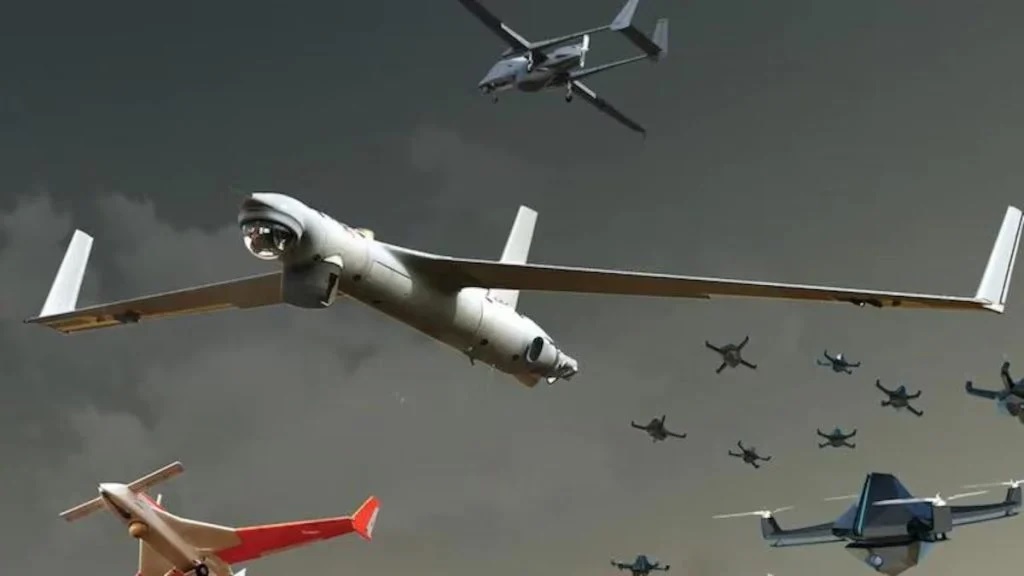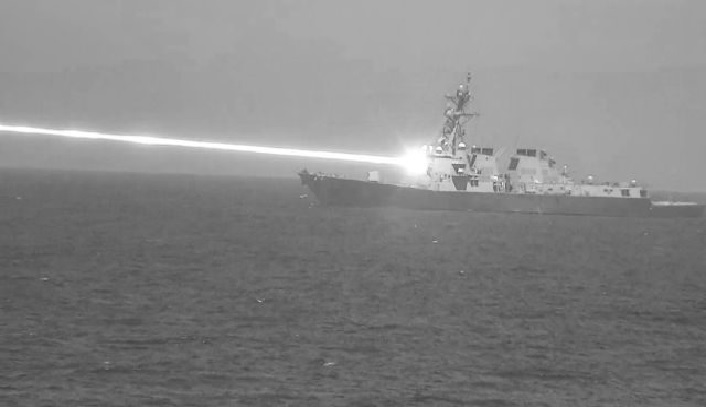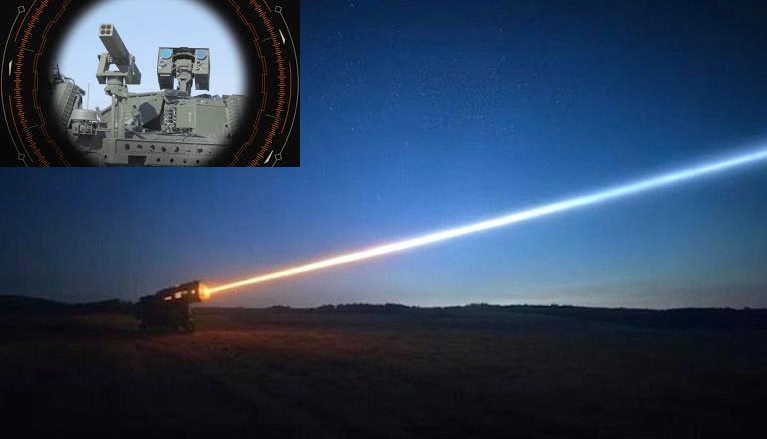Indian Air Force to Deploy 20 Kamikaze Anti-Drone Swarm Systems to Safeguard Strategic Installations

The Indian Air Force (IAF) is taking a major leap in counter-drone defense with its plans to acquire 20 specialized "Kamikaze" anti-drone swarm systems. This development underscores the IAF's commitment to staying ahead of emerging threats in modern warfare, particularly the growing menace of swarm drone attacks.
Swarm drones, often operated collectively and controlled by a single operator, are increasingly recognized as game-changing weapons in warfare. Their ability to execute coordinated attack patterns can easily overwhelm traditional defense systems, posing significant risks to vital installations, military bases, and critical infrastructure. To counter these challenges, the IAF is seeking state-of-the-art solutions capable of neutralizing such threats effectively and efficiently.
What Are Kamikaze Anti-Drone Swarm Systems?
"Kamikaze" drones, also known as loitering munitions, are specifically designed for one-way missions. These systems employ advanced detection, tracking, and interception technologies to counter enemy UAVs by physically colliding with them and detonating their payloads. This self-destructive approach ensures the complete neutralization of the target.
The Kamikaze anti-drone system's operational framework includes:
- Detection: Equipped with advanced sensors, radar, and artificial intelligence, the system can detect incoming drone swarms at long ranges.
- Tracking: Once detected, the system analyzes the trajectory and speed of the swarm to predict its path.
- Interception: Kamikaze drones are launched to intercept the swarm using pre-programmed algorithms and real-time guidance.
- Neutralization: Upon reaching the target, the Kamikaze drones collide with the enemy UAVs, detonating onboard explosives to destroy them.
Key Specifications and Features
While the exact specifications of the systems will depend on the responses to the IAF's Request for Information (RFI), the general expectations include:
- Range: The system should have a detection range of at least 10 km for drone swarms.
- Speed: Kamikaze drones must be capable of high speeds to outmaneuver enemy drones.
- Payload: The drones will carry an explosive payload optimized for precision strikes.
- AI Integration: Advanced artificial intelligence will enable the system to adapt to dynamic battlefield conditions.
- Multi-Layered Defense: The system is expected to integrate with existing air defense networks, providing an additional layer of protection.
Strategic Importance of the Move
The IAF's decision to deploy these systems stems from the recognition that swarm drone attacks are a significant challenge in modern warfare. The relatively low cost of manufacturing drones, combined with their ability to operate in coordinated formations, makes them a preferred choice for adversaries looking to disrupt critical infrastructure or military operations.
By issuing the RFI on January 8, the IAF has invited domestic and international industry leaders to propose cutting-edge solutions tailored to its requirements. This move also aligns with India's broader push for indigenization in defense manufacturing under the "Make in India" initiative.
A Proactive Defense
The acquisition of Kamikaze anti-drone systems signals the IAF's proactive stance in addressing future warfare challenges. With 20 such systems planned for deployment, the IAF aims to protect key assets while ensuring operational readiness against emerging threats.
This development is not just a testament to the evolving nature of warfare but also a reflection of India's resolve to innovate and adapt in the face of new security challenges. By investing in advanced technologies, the IAF is positioning itself as a formidable force capable of countering even the most complex aerial threats.



